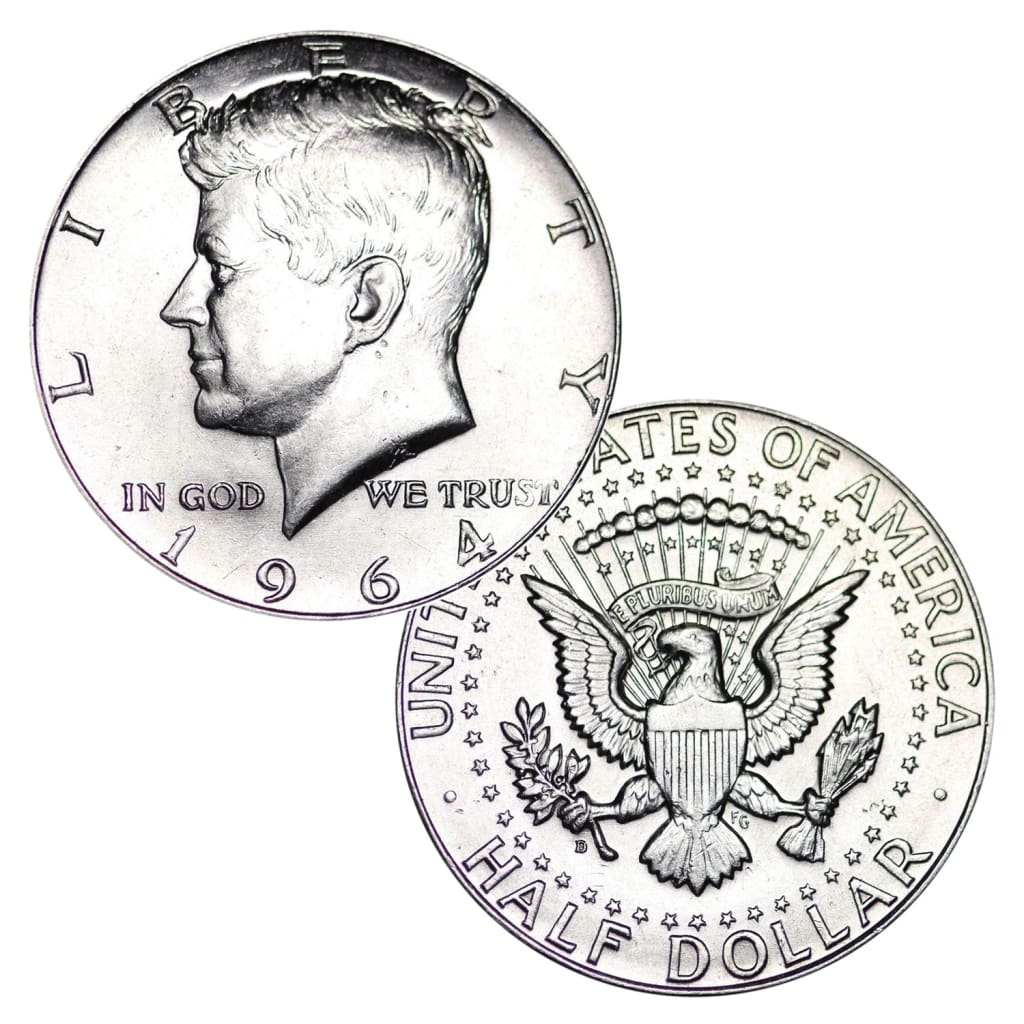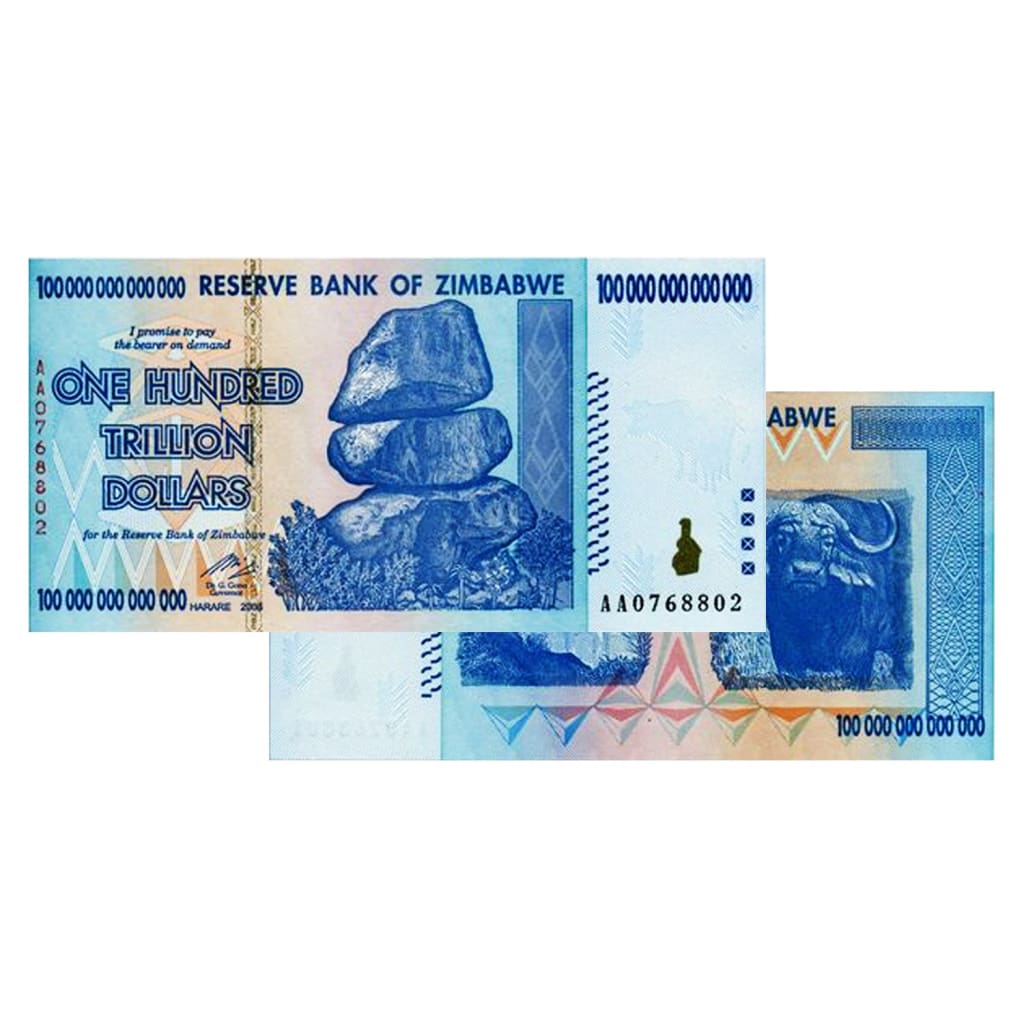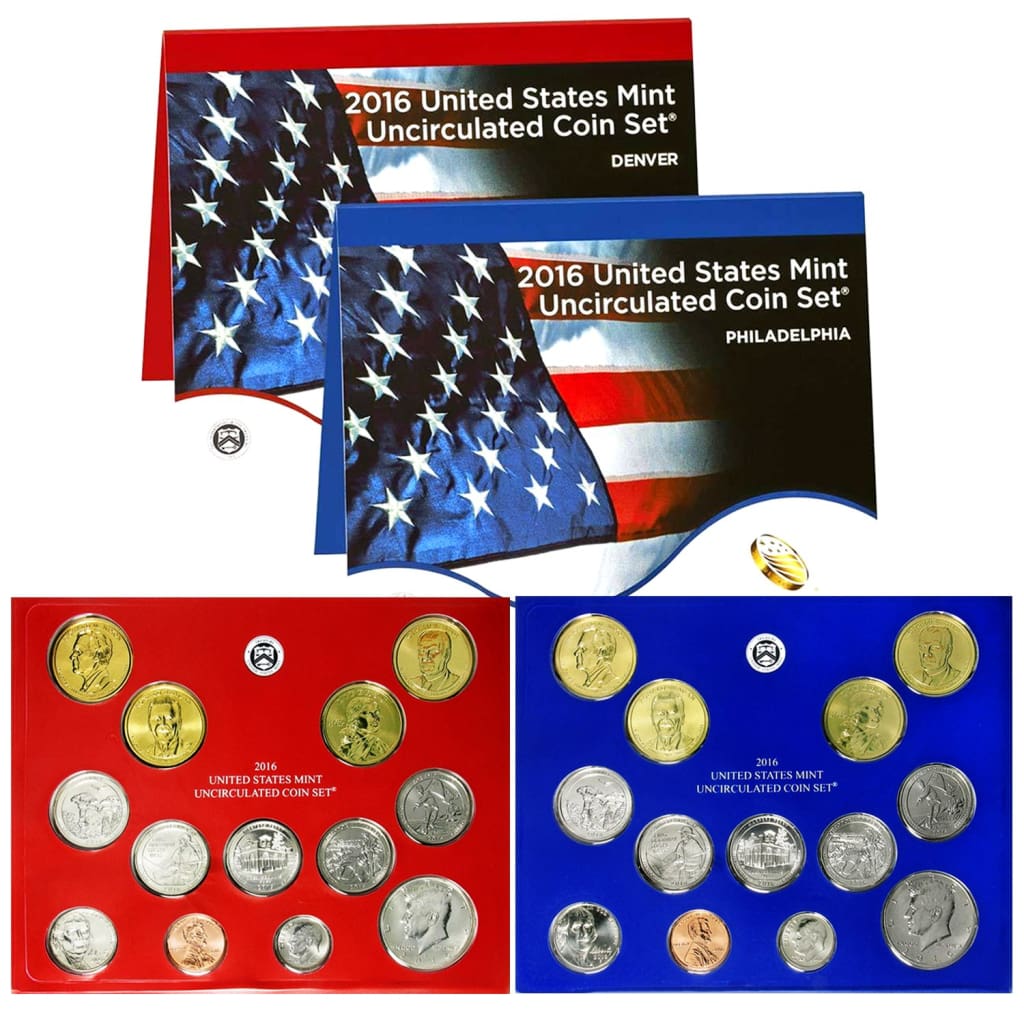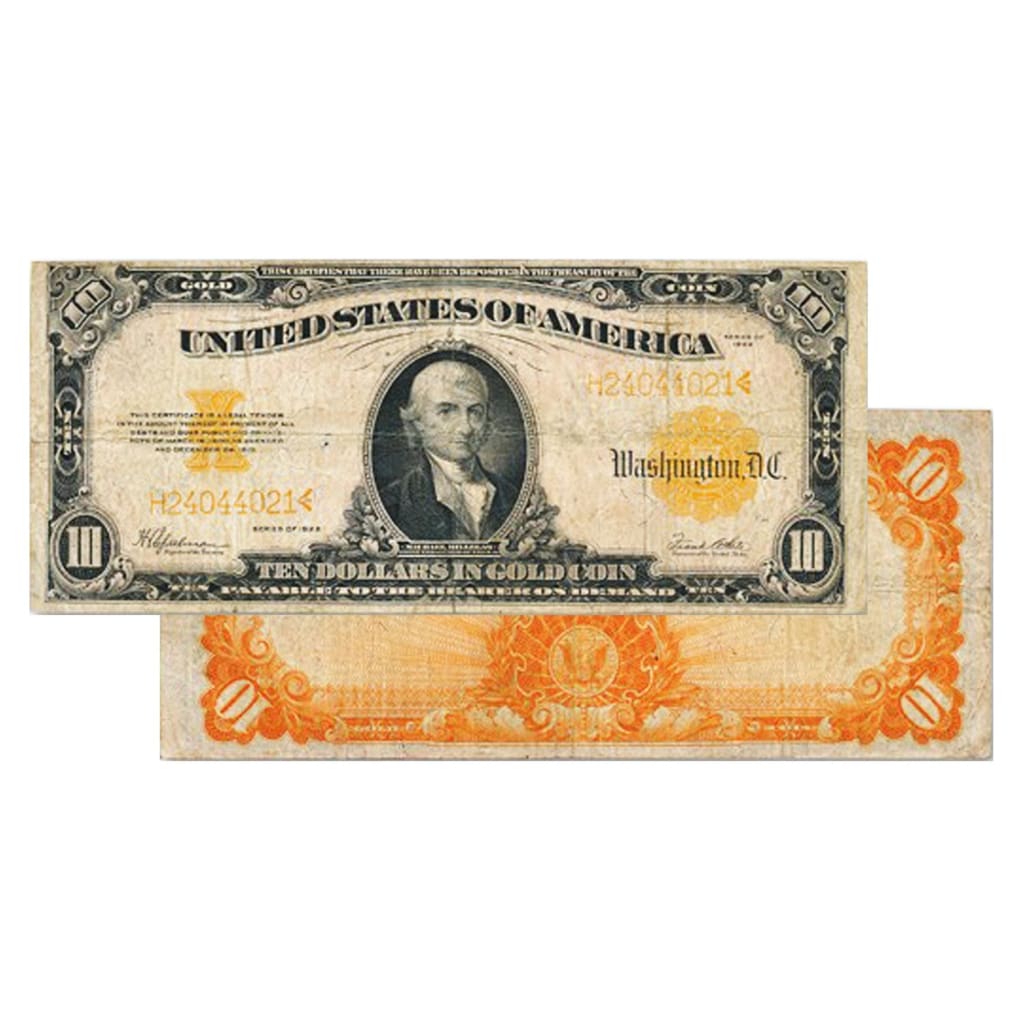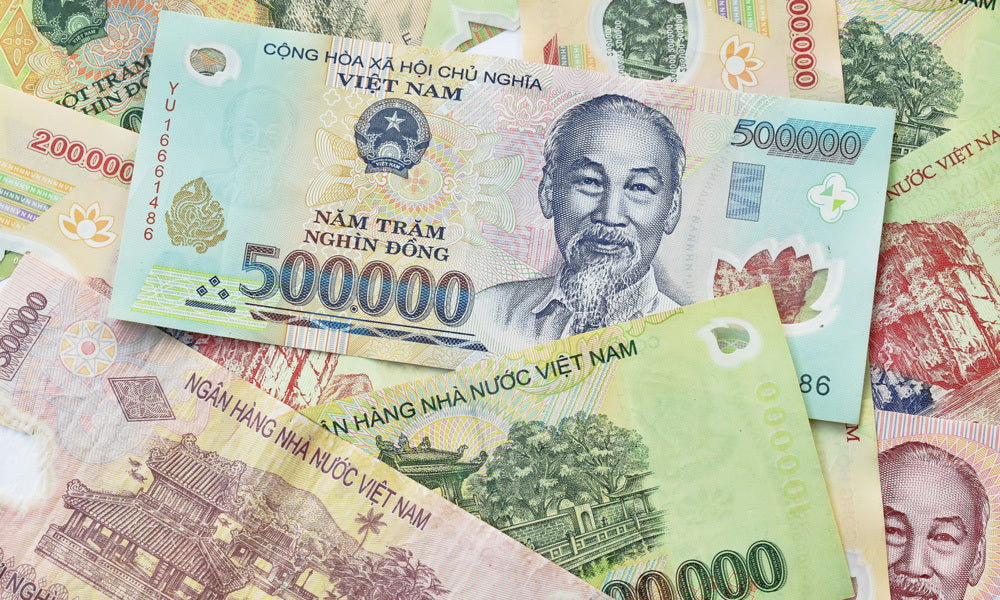Unraveling the Historical Journey of the Iraqi Dinar: From Past Glory to Present Challenges
Money plays a vital role in the stability and development of a nation, and throughout history, currencies have evolved, reflecting the socioeconomic and political circumstances of their respective countries. One such currency that has experienced a tumultuous journey is the Iraqi dinar. The Iraqi dinar's history is rich, spanning decades of upheaval, wars, economic sanctions, and attempted revaluation. In this blog, we will delve into the intriguing tale of the Iraqi dinar, tracing its roots, exploring significant milestones, and analyzing its current challenges.
The Genesis of the Iraqi Dinar:
The origins of the Iraqi dinar can be traced back to ancient Mesopotamia, where one of the earliest known currencies, the shekel, was used in daily transactions. Over time, various coins and currencies came into circulation in the region, reflecting the diverse ruling powers that dominated Iraq throughout history. However, it was not until the establishment of the modern Iraqi state that a unified national currency emerged.
Establishment of the Iraqi Dinar:
In 1932, the Kingdom of Iraq introduced the Iraqi dinar as its official currency, replacing the Indian rupee that had been in circulation during the British mandate era. The dinar was pegged to the British pound, with an exchange rate of 1 dinar to 1 shilling and 4.86 dinars to 1 U.S. dollar.
Nationalization and Devaluation:
In the early 1950s, Iraq nationalized its oil industry, a move that significantly impacted the value of the dinar. The government faced fiscal challenges, and as a result, the dinar was devalued multiple times over the next few decades. By the late 1980s, due to the Iran-Iraq War, the value of the dinar had declined to an alarming extent, necessitating a redenomination.
Redenomination and Saddam Hussein Era:
In 1990, Saddam Hussein, the then-president of Iraq, initiated a currency overhaul. The existing dinar was replaced by the "Swiss dinar" at an exchange rate of 1 Swiss dinar to 1,000 old dinars. The Swiss dinar was issued to circumvent international economic sanctions imposed on Iraq after its invasion of Kuwait. However, this attempt to strengthen the currency failed, as Iraq faced further isolation and economic deterioration.
Post-Invasion Instability and the Rise of the New Dinar:
In 2003, the United States-led coalition invaded Iraq, resulting in the toppling of Saddam Hussein's regime. Subsequently, the Coalition Provisional Authority (CPA) introduced a new currency, known as the "new dinar," in an effort to stabilize the economy and restore financial confidence. The new dinar replaced the Swiss dinar at an exchange rate of 1 new dinar to 1,000 Swiss dinars. Central Bank of Iraq repeatedly emphasized that the dinar's value was not about to undergo a dramatic revaluation.
Economic Challenges and Current Situation:
Despite the efforts made to stabilize the Iraqi economy and currency, the country faced numerous challenges. Sectarian violence, political instability, corruption, and the rise of extremist groups hindered Iraq's economic progress. Additionally, the collapse in oil prices in recent years significantly impacted the nation's revenue, exacerbating its financial struggles. As of the present, the Iraqi dinar faces an uncertain future. Its exchange rate remains relatively stable, but its value against major international currencies has not experienced significant appreciation. Moreover, the ongoing political instability, regional conflicts, and economic challenges pose significant hurdles to Iraq's monetary stability. The history of the Iraqi dinar is a testament to the complex interplay of geopolitical, economic, and social factors that influence a nation's currency. From its inception as a unified national currency to its tumultuous journey through wars, sanctions, redenomination, and attempted revaluation, the Iraqi dinar's story is a reflection of Iraq's challenging past and uncertain future. While hopes of a dramatic revaluation may have fueled speculative investment, the Iraqi dinar's value remains dependent on Iraq's ability to stabilize its economy, strengthen its institutions, combat corruption, and foster political stability. Only then can the Iraqi dinar reclaim some of its past glory and play a significant role in the country's economic revitalization.


